er, ok, so Scott says he has problems with squids getting their beaks around his forearms. Wouldn't that require the beak to be around 2-3 times bigger than
Mesonychoteuthis?
And yes, I see Dr. Steve in a lab coat in a few of the
Architeuthis pics.
Bummer about the

->

stuff, Dale... I hate it when that happens, and I've never had somebody put it into a documentary... Cousteau's editors were apparently kinder in editing that sort of stuff out.
In general, I like your dialogue quite a bit, though, by the way.
The camera squid's a real beauty, and seemed pretty relaxed, all things considered.
I guess my bottom line is about like Hanlon's-- it's big. it's a squid. The image is so noisy I don't think depth of field is too useful because the focus is hard to see. Of course, there's not really any referents... but I didn't think the eye reflection was where I'd expect it to be relative to the arm crown we can see, so I think the base assumption that using that dimension is questionable.
I wasn't able to get mythTV working enough to record it, but I did record it on our crappy DVR. I don't know how to get it off in a digital format, though.
I want to freeze-frame and look at the footage a few more times, but my take is that the "eye to beak" measurement would both involve an unnatural contortion and would not be proportional to the size of the arms for squid I can think of... the eyes are usually straight out from the brain, with the two eyes and the beak forming about an equilateral triangle, right?
I know they were wanting to toss out hypotheses about species, but it got a little silly...
Mesonychoteuthis would be rather far afield from its usual stomping ground. However, it seems silly that
Moroteuthis wasn't proposed-- the Humboldts have been up in its territory, so maybe it doesn't mind going south occasionally... or is it known that far south? Nixon & Young say it's "north pacific" as well as antactic. I didn't know that it was known to eat sea urchins off the bottom, though (also from Nixon & Young)-- that's interesting.
Anyway, in going back and re-watching in slow-mo and such, I don't see any way that the eye could be that far from the mouth with the arms in that orientation. I just can't make it work. I don't know what that reflection is, but I'm convinced it's not the eye of the squid that belongs to those arms.
More in a sec.


 ->
->  stuff, Dale... I hate it when that happens, and I've never had somebody put it into a documentary... Cousteau's editors were apparently kinder in editing that sort of stuff out.
stuff, Dale... I hate it when that happens, and I've never had somebody put it into a documentary... Cousteau's editors were apparently kinder in editing that sort of stuff out.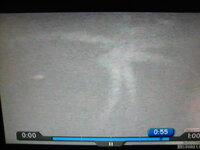
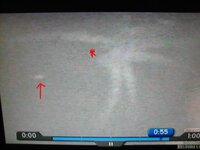
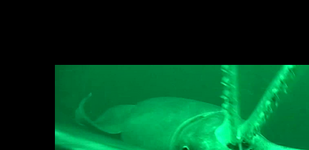
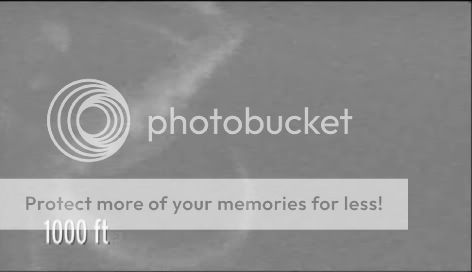
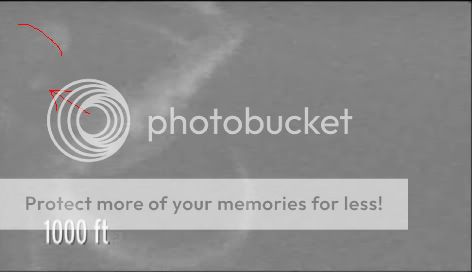
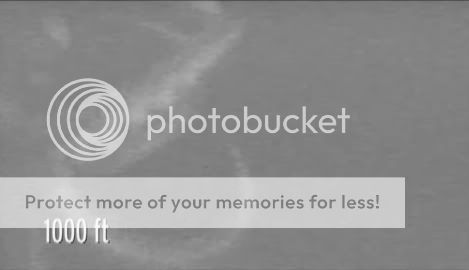
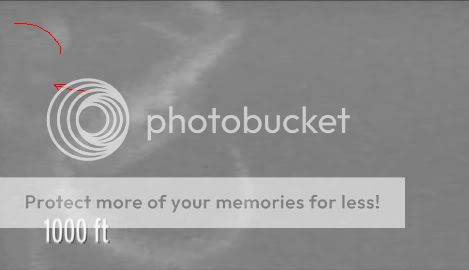

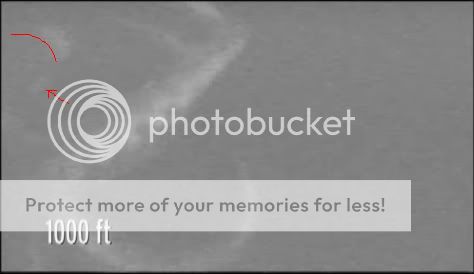
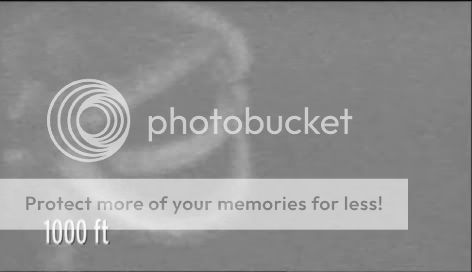
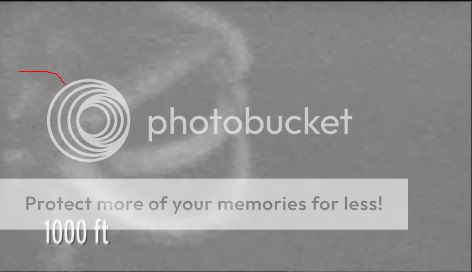
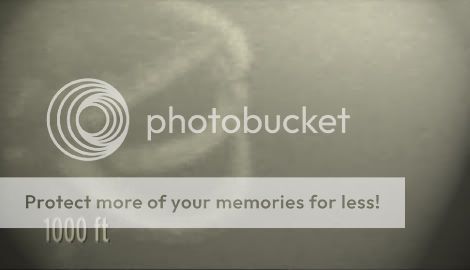
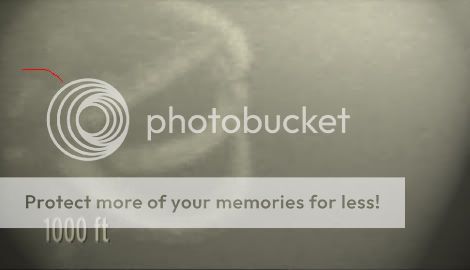
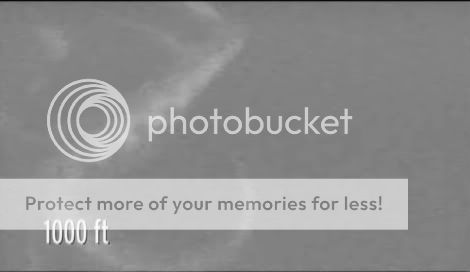
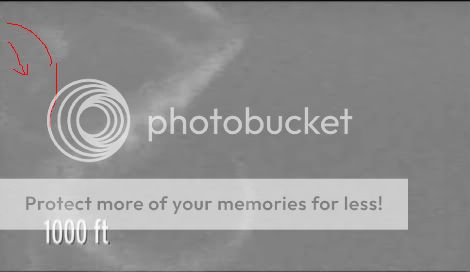
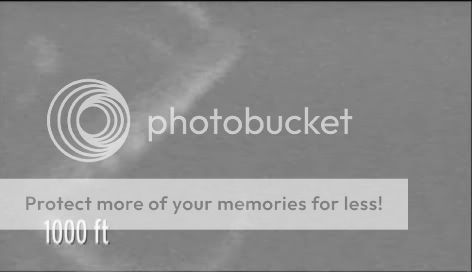
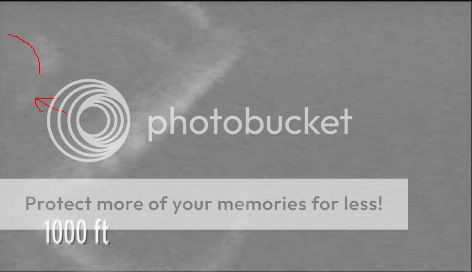
 Reconman! Thanks for the screen captures-- they're much better than my snapshot. Do you have the ability to make a movie or two showing the "big squid" footage, and also maybe some of the footage from the squidcam showing the smaller squids? Particularly if there's a shot showing how fast one of the smaller squids that attacks the camera fades out to the same shade of grey as the big one... 'cause then we could compare how big that one is at the same "brightness" and assume that it's at the same distance as the big one...
Reconman! Thanks for the screen captures-- they're much better than my snapshot. Do you have the ability to make a movie or two showing the "big squid" footage, and also maybe some of the footage from the squidcam showing the smaller squids? Particularly if there's a shot showing how fast one of the smaller squids that attacks the camera fades out to the same shade of grey as the big one... 'cause then we could compare how big that one is at the same "brightness" and assume that it's at the same distance as the big one...